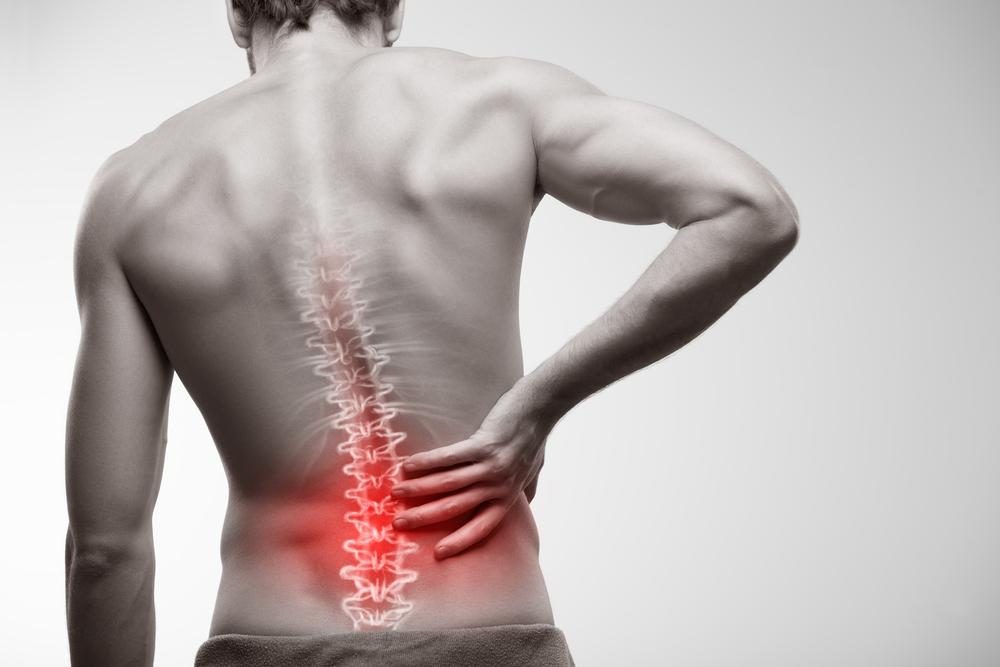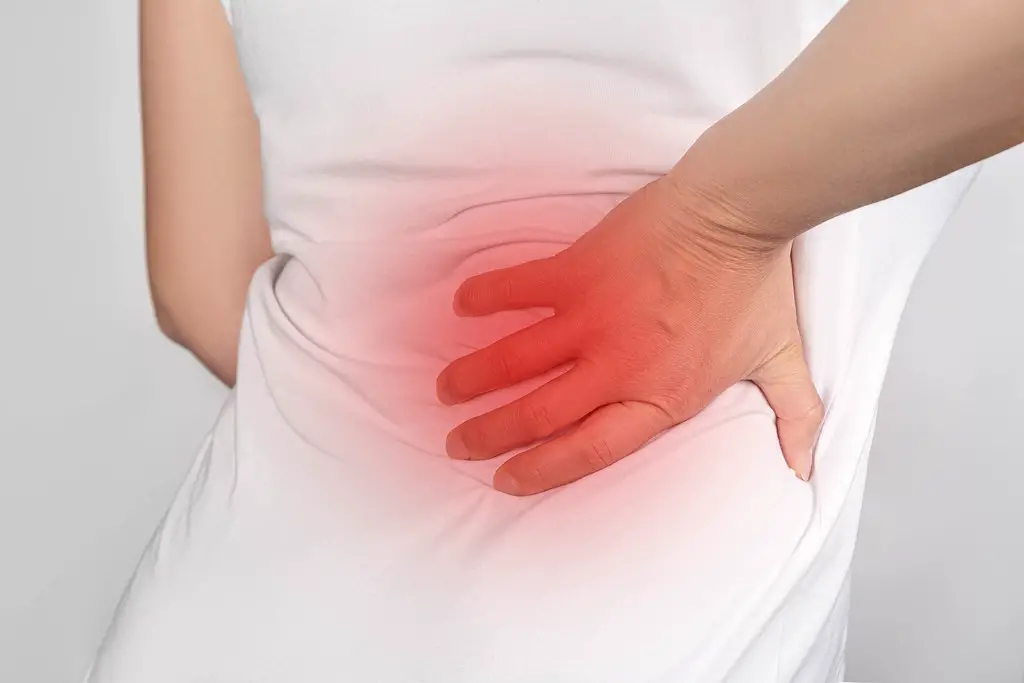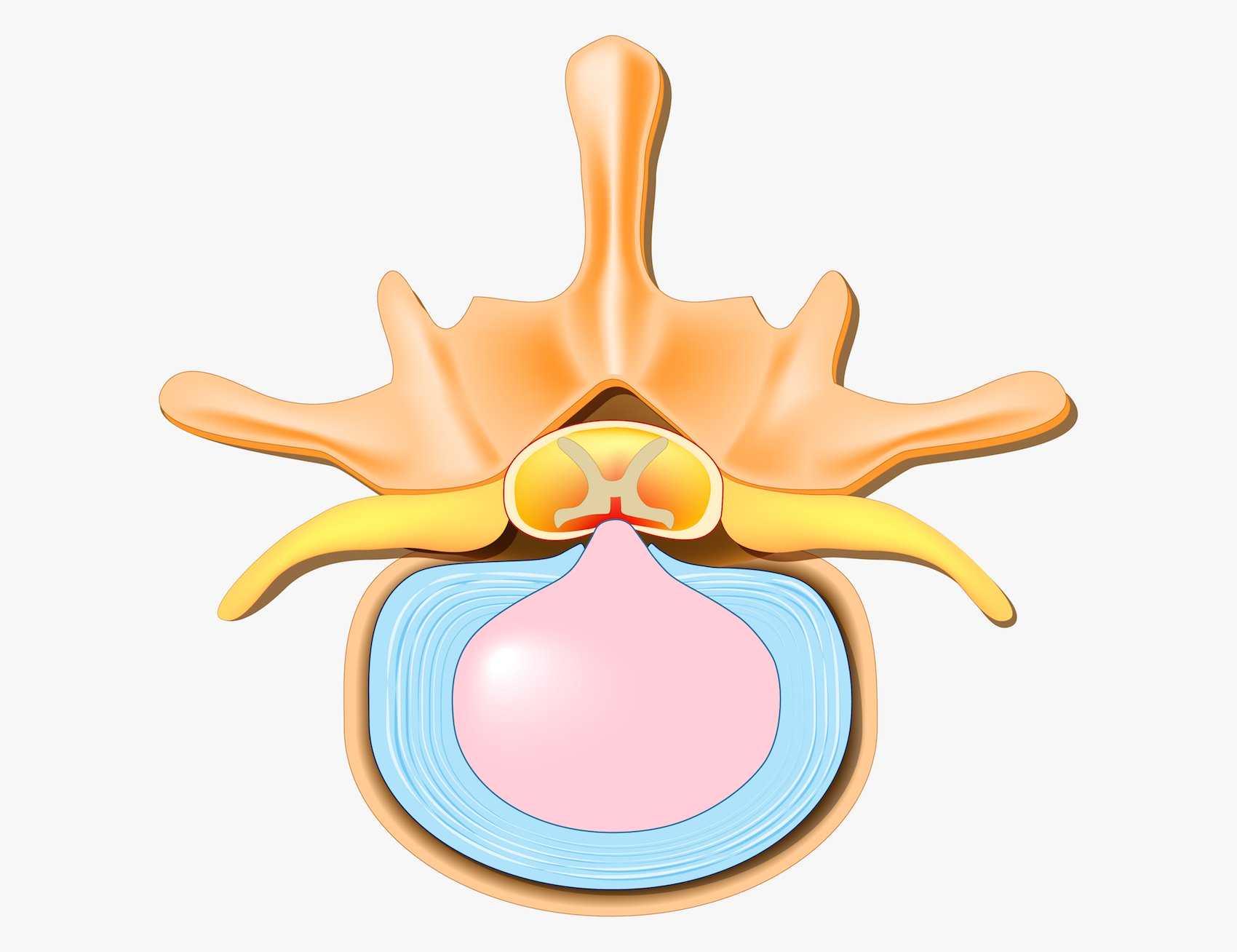It is not often that two such different diseases are linked, but in the case of spinal stenosis and cancer, there seems to be a connection. In this article, we will explore this link and find out what it means for people affected by either of these diseases. Stay tuned for more!
Lumbar Spine Anatomy
The bones of the spine lumbar (the lower back) are arranged in a stacked column, each vertebrate lying above that which is below it. Five vertebrae lumbar are the largest and strongest of all vertebrae.
They are designated by their Roman numbering: L1 to L5. The L1 vertebra is the smallest and sits at the top of the lumbar spine, just below the thoracic spine (upper back). The L5 vertebra is the largest and sits at the bottom of the lumbar spine, just above the sacral spine.
Between these vertebrae are intervertebral discs, which act as shock absorbers and allow the column to bend and twist. The vertebrae are connected to each other by ligaments, and muscles attached to nearby bones help stabilize the spine.
La spinal cord passes through a channel located in the center of each vertebra, protected by the vertebral column. Nerves branch out from the spinal cord and pass through small openings between the vertebrae to innervate (supply nerves to) different parts of the body.
Spinal Stenosis: Definition
La spinal stenosis is a condition that results from a narrowing of the spinal canal. Under normal conditions, the diameter of the spinal cord is large enough to accommodate the nerve fibers that originate from the spinal cord.
However, for various reasons, the shape and size of the spinal canal can change, which can lead to nerve compression causing pain. The spinal stenosis can also affect the spinal cord, which is forced to occupy the available space in the canal, as well as the structures adjacent to the spine (ligaments, joints, intervertebral discs, etc.).
Narrowing of the spinal canal causes pain (especially at the stenosis) and symptoms due to compression of one or more nerve roots, including tingling and/or numbness (paresthesia), weakness (loss of strength ) limbs and decreased reflexes along the affected section.
If the process affects the lumbar spine, pain may appear and radiate from the back to the legs when walking or exerting itself, and be associated with what is called a "limping" or lameness of the spine .
La spinal stenosis is mainly acquired, but can also, although very rarely, be congenital.
Spinal Stenosis: Causes
There are several possible causes of spinal stenosis. The most common is the degenerative course that occurs with age, including wear of intervertebral discs, growth of bone spurs (osteophytes), and formation of thickened ligaments.
Other possible causes include:
Herniated disc
One of the possible causes of the spinal stenosis is a herniated disc. A herniated disc occurs when the outer layer of the disc ruptures, allowing the gelatinous substance inside to leak out. This can put pressure on surrounding nerve roots, causing pain, numbness, and weakness.
Spondylolisthesis
Le spondylolisthesis is a condition in which a vertebra slips forward over the vertebra below it. This can narrow the spinal canal and put pressure on the spinal cord or nerves.
osteoarthritis
Osteoarthritis is the most common type of arthritis. It occurs when the cartilage that cushions the ends of bones breaks down. This can lead to bone spurs (osteophytes) and the formation of thickened ligaments.
Paget's disease
Paget's disease is a condition that causes abnormal bone growth. It can lead to the formation of bone spurs (osteophytes) and the thickening of ligaments.
traumatic injury
A traumatic injury, such as a car accident, can lead to broken or dislocated bones. This can lead to the formation of bone spurs (osteophytes) and the formation of thickened ligaments.
Polyarthrite rhumatoïde
Rheumatoid arthritis is a type of inflammatory arthritis that can cause the joints in the spine to break down. This can lead to the formation of bone spurs (osteophytes) and the thickening of ligaments.
Cancer
Le cancer is a disease that can cause significant damage to the human body. One of the ways it can manifest is by invading and destroying the bones of the spine.
What is the link between spinal stenosis and cancer?
Le cancer can sometimes cause spinal stenosis growing in the spinal canal or causing the spine to collapse. However, the cancer is not a common cause of this condition.
Le cancer is often considered a slow-growing disease, however, some types of cancer can grow rapidly and spread rapidly.
Cancer can come from a tumor can be benign, malignant, or come from a metastasis. It can be inside or outside the spinal cord (and spinal canal).
Among the most common signs of cancer, quote:
- A rapidly growing lump or bump;
- Unexplained weight loss;
- Back pain;
- Leg pain;
- Numbness or tingling of the extremities;
- Weakness in the extremities;
- Decreased reflexes;
- Difficulty walking or standing for long periods;
- Claudication (lameness);
- In some cases, it can also lead to difficulty urinating or loss of bowel control.
If you experience any of these symptoms, it is important to seek medical attention immediately, as the cancer is a medical emergency and often requires surgery to remove the tumor.






